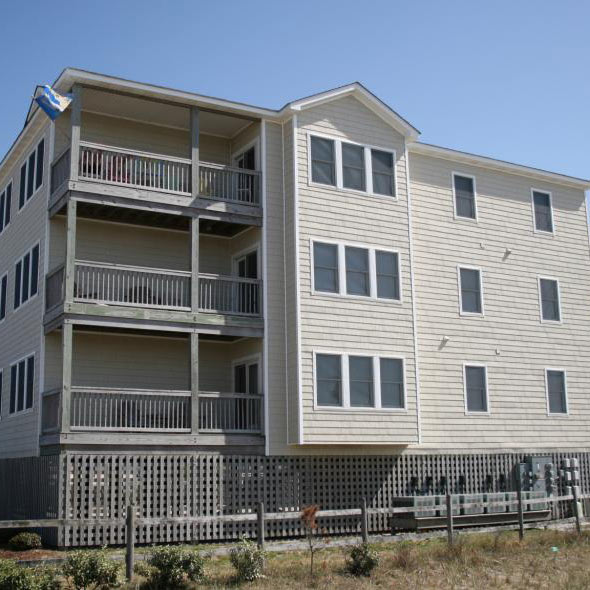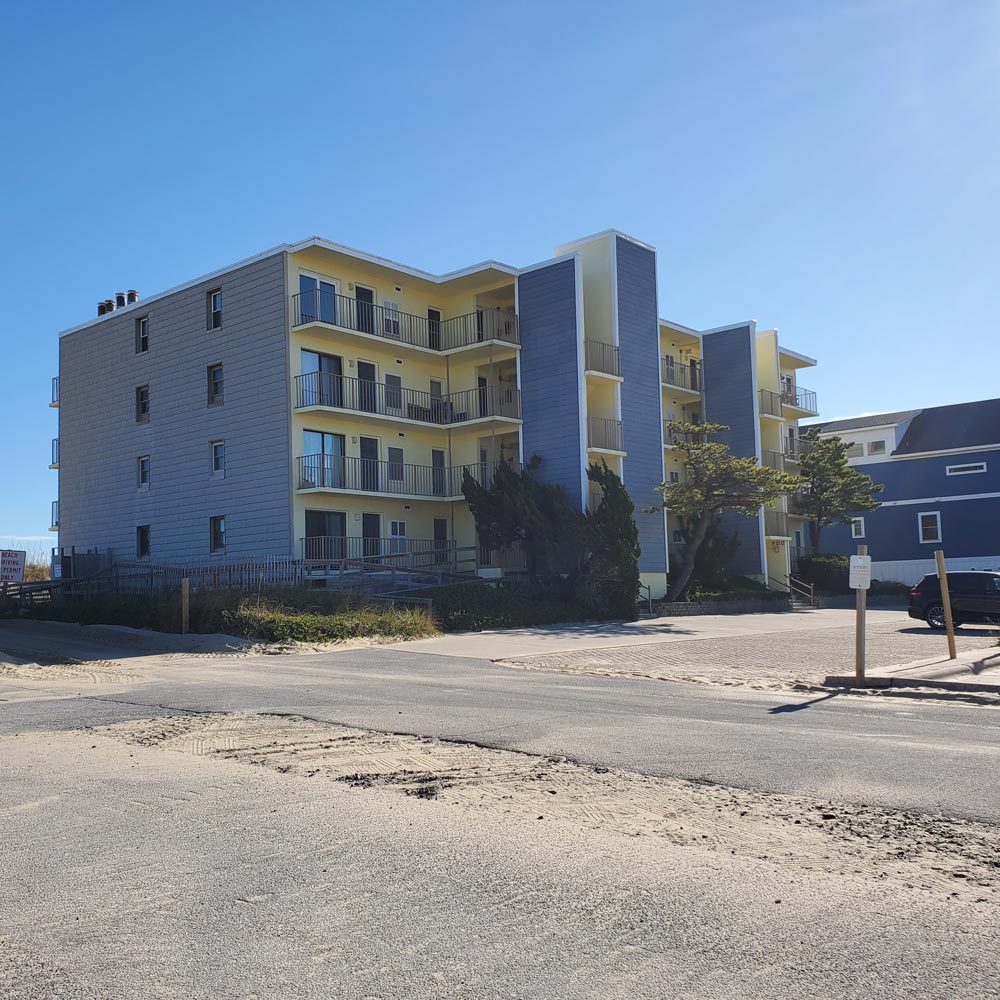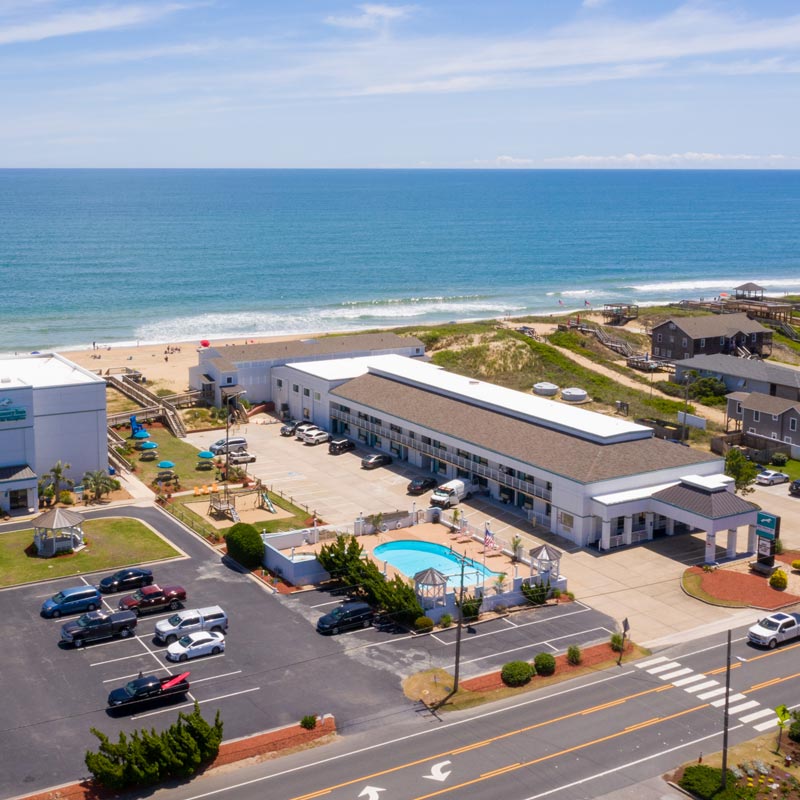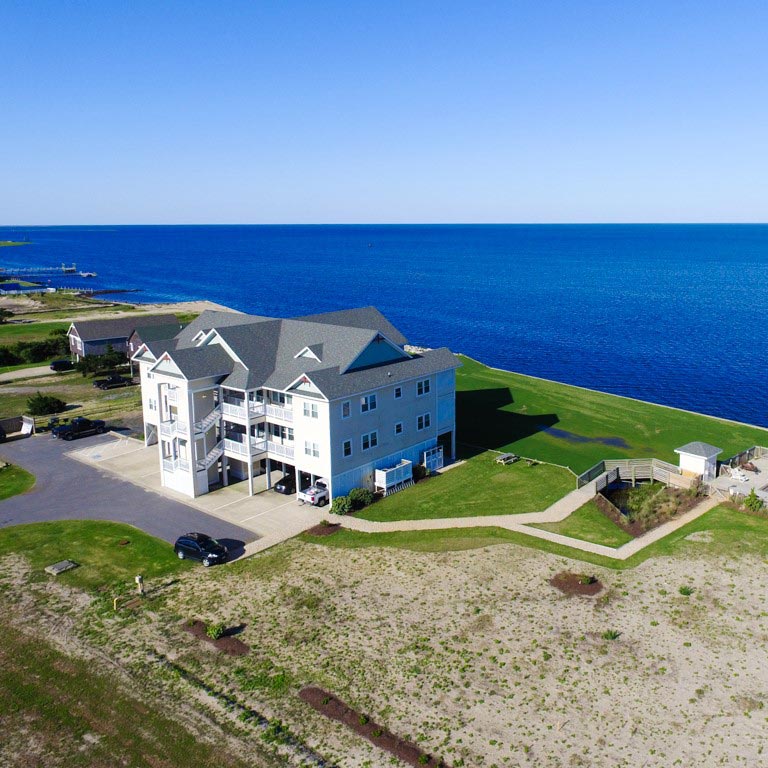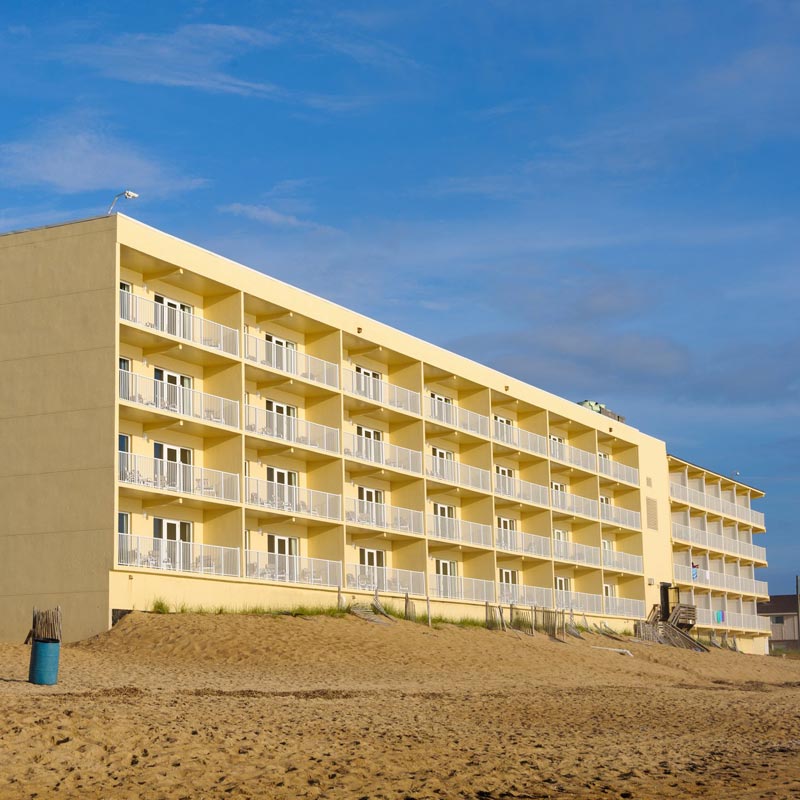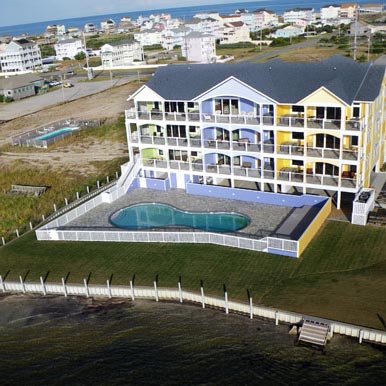Guide To Visiting The Cape Hatteras Lighthouse
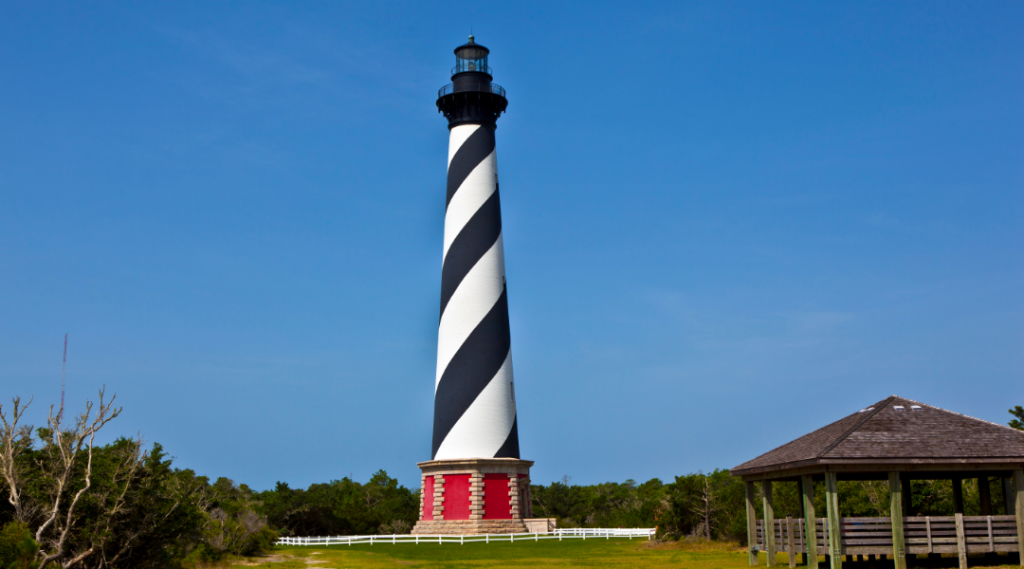
There are multiple lighthouses to explore and admire along the Outer Banks of North Carolina, but among them all, the Cape Hatteras Lighthouse stands supreme – both literally and figuratively. The landmark structure welcomes more than 150,000 visitors each year, and holds claim to being the tallest of its kind in North America. It is a genuine OBX icon, located in the heart of the Cape Hatteras National Seashore.
History Of The Cape Hatteras Lighthouse
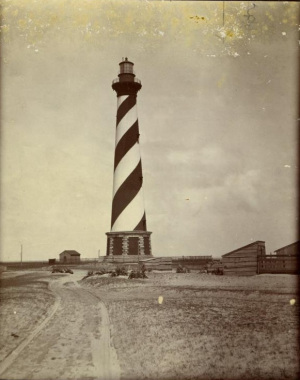
Shippers had been complaining for years about the dangerous nature of navigating the treacherous Diamond Shoals located off the Atlantic Coast. Here, the merging of the Gulf Stream with the Labrador Current from Canada creates historically challenging seafaring conditions that have led to the unsavory nickname of the “Graveyard of the Atlantic“.
Built by Henry Dearborn, the first Cape Hatteras lighthouse was lit in 1803. Featuring an octagonal tower made of sandstone, the lighthouse stood 95 feet above sea level with a lamp powered by whale oil. The original lighthouse was too short, hard to distinguish from the background landscape, and the light had little to no visibility, especially during times of haze or fog.
As a result of repeated complaints from mariners, the Lighthouse Board opted to make some changes in 1854, including increasing the height of the lighthouse to 150 feet tall. adding an unmistakable red color to the top. and retrofitting the tower with a first order Fresnel lens to shine a stronger beam.
Following the Civil War, and with the need for extensive repairs, Congress approved funding for a new lighthouse, and the Lighthouse Board once again prepared plans for construction, to be overseen by shipbuilder Dexter Stetson. The second Cape Hatteras Lighthouse was one of the more expensive lights on the East Coast. On December 16th, 1870, the light was activated on the new structure, the tallest brick lighthouse in the United States.
At 210 feet tall, the updated lighthouse included an innovative floating foundation to accommodate the high ground water levels on the Outer Banks. The new Cape Hatteras Lighthouse received its famous spiral, black-and-white stripe daymark pattern in 1873, setting it apart from other area lighthouses along the North Carolina coast, and helping to protect from harsh weather effects.
Due to the continued threat of beach erosion, the Cape Hatteras Light Station was painstakingly moved to its present location in 1999 – 1,500 feet from the seashore, and 2,900 feet from its original location into the Buxton Woods behind a barrier of sand dunes – along with all of its seven historic structures, including the Double Keepers’ Quarters and the Principal Keeper’s Quarters.
In 1937, the Cape Hatteras Light Station was transferred to the National Park Service (NPS), making the lighthouse and the part of the nation’s first National Seashore. The National Park Service continues to maintain the lighthouse and the keepers’ quarters today, while the U.S. Coast Guard operates and maintains the now-automated light still in use to this day, shining up to 20 nautical miles out over the Atlantic Ocean.
Visiting The Cape Hatteras Lighthouse
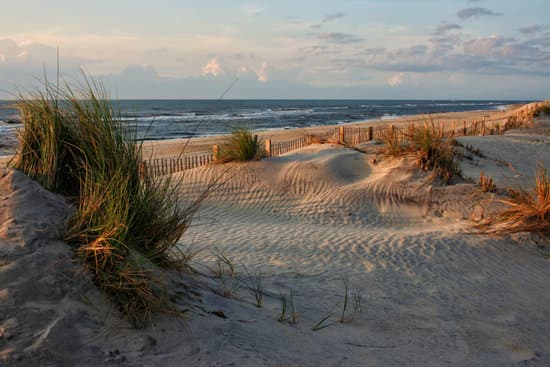
Both the Cape Hatteras Lighthouse and the neighboring Bodie Island Lighthouse in Nags Head are open seasonally, from the third Friday in April through Columbus Day, for self-guided climbs. The historic Cape Hatteras Lighthouse also hosts Full Moon Tours. The grounds are open year-round. The present lighthouse has 257 steps from the ground to the balcony level, featuring narrow stairs with a handrail only on one side, and a landing every 31 steps. Visitors reaching the top are treated to panoramic views of Hatteras Island, Pamlico Sound, and the Atlantic horizon.
Tickets are available at the lighthouse ticket booth on a first come/first served basis and can only be purchased in-person on the day of your climb. Climbing tickets are $8 for adults and $4 for senior citizens (62 or older), children (11 and under, and at least 42″ tall), and the disabled. Restrooms are located at the base of the lighthouse, next to the visitors center and entrance. The adjacent Hatteras Island Visitor Center, Museum of the Sea and gift shop allow visitors to learn more about the lighthouse, the Cape Hatteras National Seashore, and the rich maritime history of the Outer Banks of North Carolina. The lighthouse is also available for weddings and special events, but be advised – a Special Use Permit is required.
The Cape Hatteras Light Station is located just off Highway 12 near the town of Buxton, around the middle of the sprawling Cape Hatteras National Seashore, south of Nags Head, North Carolina. There are a half dozen restaurants within a mile of the lighthouse. You can also take advantage of nearby picnic areas, beach access to Cape Point, and self-guided nature trails through Buxton’s maritime forest during your visit.
Cape Hatteras Lighthouse
46379 Lighthouse Rd, Buxton, NC 27920
Posted on 09/17/2020 in Area Information, History, Things To Do


